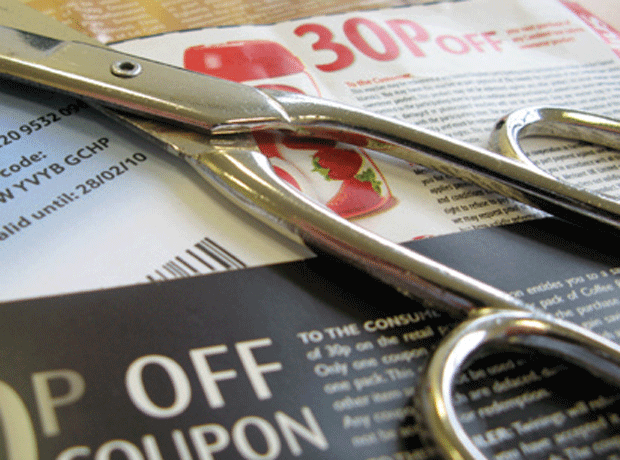
Retailers have been warned to step up security against coupon scammers using so-called ‘Frankenstein’ fakes to con brands and supermarkets out of nearly £250,000 a year.
The Institute of Promotional Marketing’s (IPM) coupon council today issued new guidance for its members after warning of a rise in the number of frauds concerning print at home-style coupons issued by retailers.
It said in November alone there had been 20 high-value frauds removed from eBay alone.
In December the UK saw its first successful prosecution for significant coupon fraud concerning print at home coupons. A man was found guilty of fraud and acquiring criminal property, and sentenced to a suspended 24-month prison sentence.
The IPM said that while coupon fraud had peaked at more than £270,000 a month in 2013, it was still nearly £20,000 per month, and while many were being stopped in their tracks, there was a growing trend for digital fraudsters.
“We have been very successful in clamping down on coupon fraud in recent years but the growth of digital is presenting people with new opportunities for fraud,” said IPM managing director Carey Trevill.
“We are seeing a growth in fraud using print at home coupons, with criminals creating so-called Frankenstein barcodes that use various combinations of codes given out by retailers and suppliers to try to con them out of money.”
The IPM’s new guidance urges coupon suppliers to always use individually coded barcodes when issuing print at home coupons, which make it far more difficult for scammers to misuse the rewards
Trevill added: “We are saying to all the big retailers: you need to take safeguards to protect yourselves.”
Court cases
Coupon industry leaders Valassis, RMI and MRM all stood as expert witnesses in the recent court case and have helped draw up the new guidelines.
They say that whilst the standard EAN 13 barcodes on printed coupons still present the most secure method of tracking redemptions, fraudsters have become more accomplished in faking high face value coupons.
Each week, the top five most fraudulent coupons are circulated with major retailers and between clearing agents, with high face value coupons (over £2.00) the most abused - often the type of voucher that is used by customer care departments.
MRM CEO Peter Kerr said: “Security is everything for clients. Making sure guidelines are followed helps reduce fraudulent activity. The recent case just highlights how well fraud detection is working and this court sentence shows perpetrators that they won’t get away with fakes anymore.”







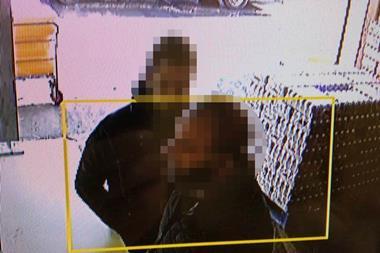
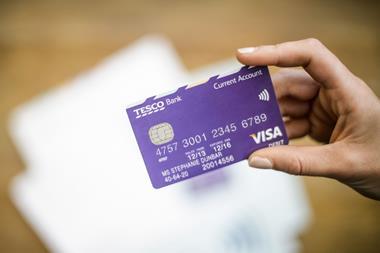
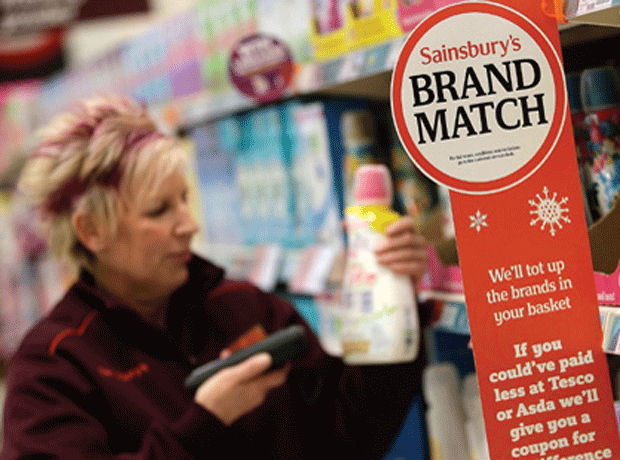






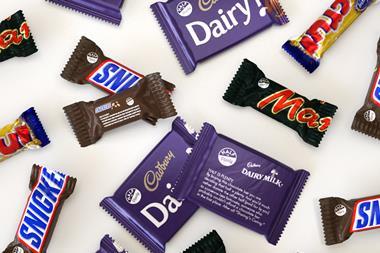

No comments yet